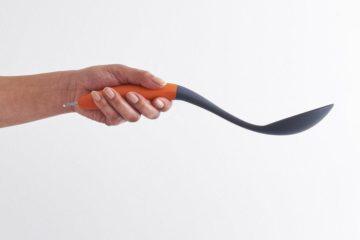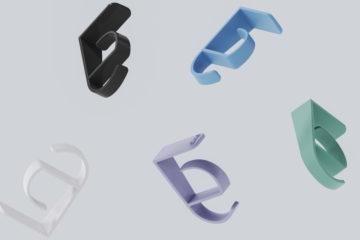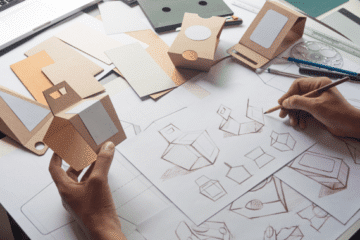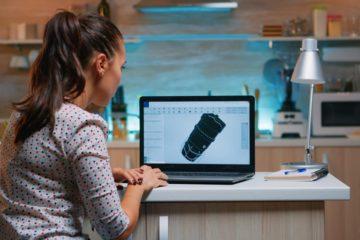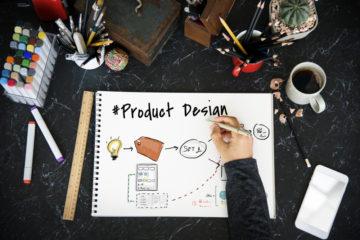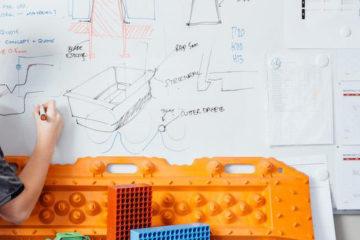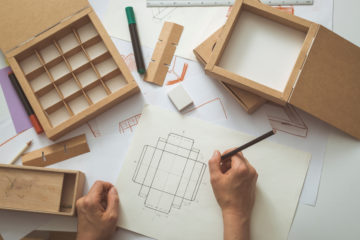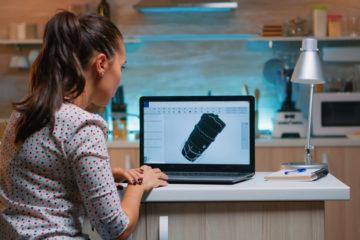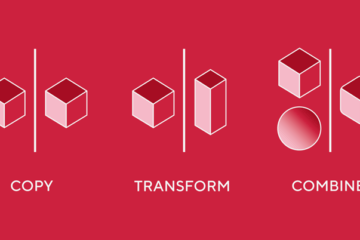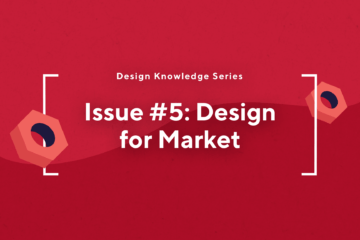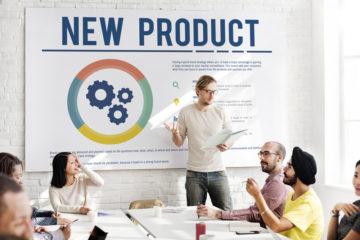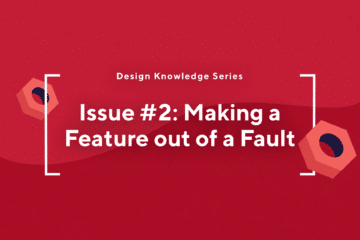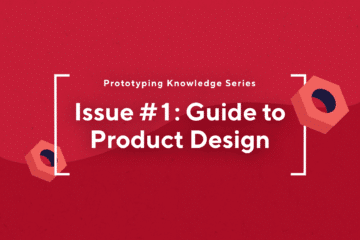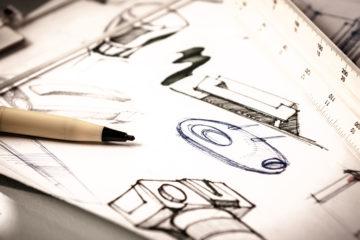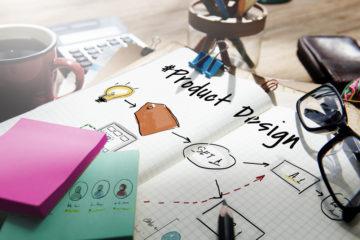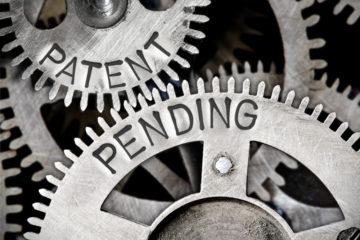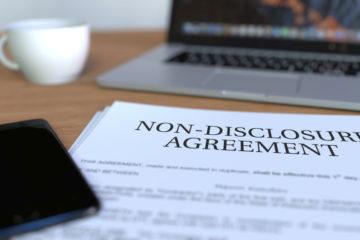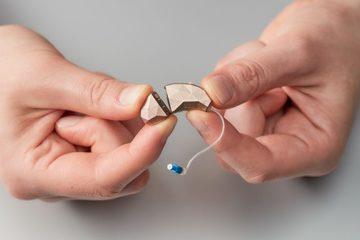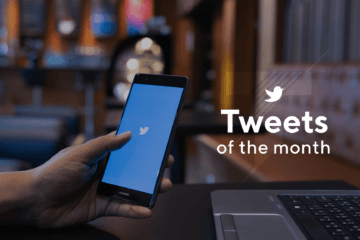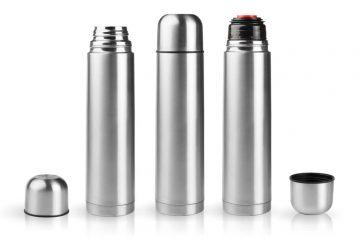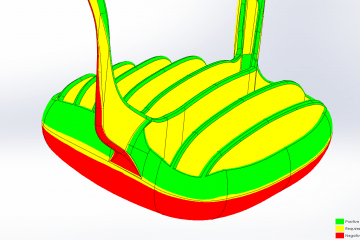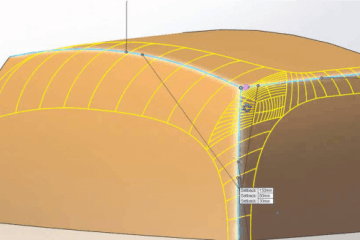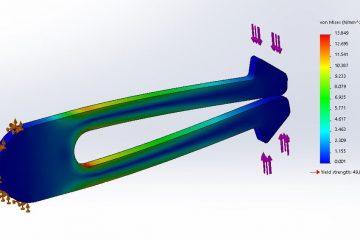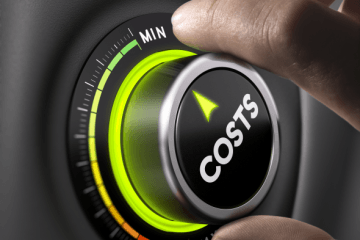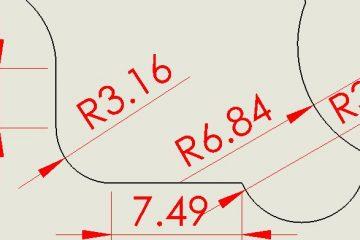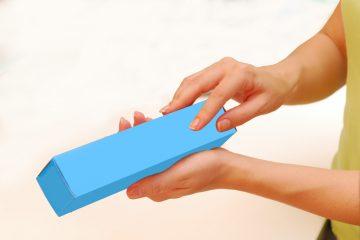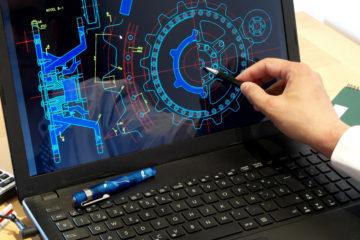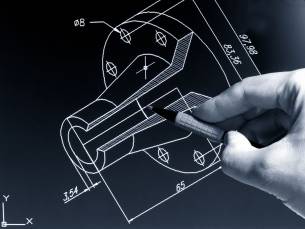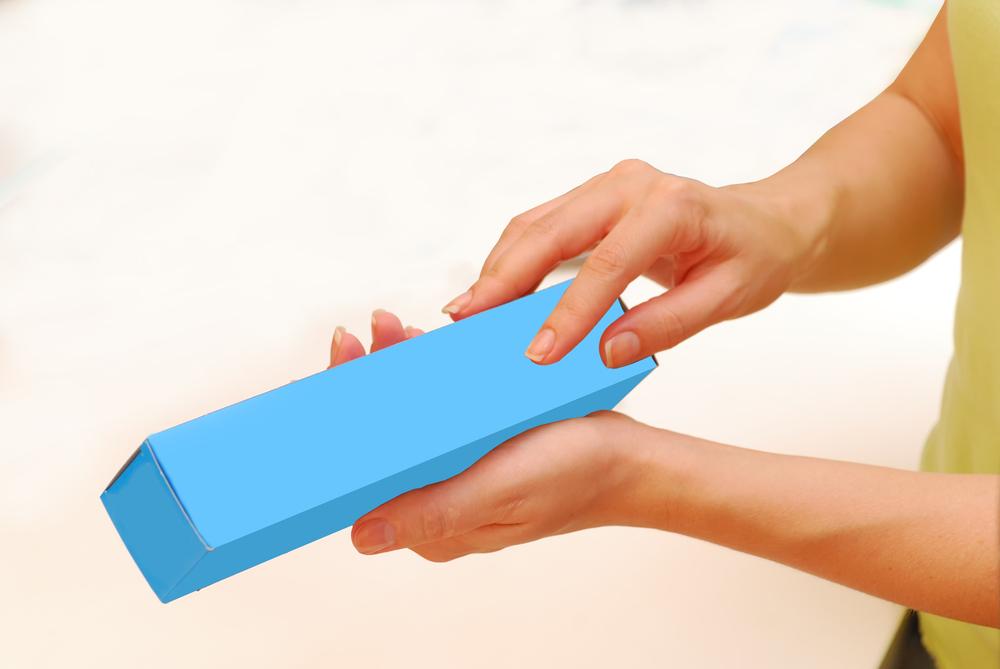
Producing a better product should include consideration of the packaging during the product design phase. Developing both the part specifications and packaging of a product at the same time can save time, money and increase the overall ergonomics of your design process, whilst providing a good reason for customers to choose your product out of potentially dozens of competitors.
Packaging that suits the product
So why bother putting care into individualising your packaging at all?
The overall demand for consumer goods in the developed world has led to innovation on the packaging side. From an operational perspective, this means packaging manufacturers now have to use new materials, produce new shapes, print more colours and generally invest more time and money in package design and production.
When producing quality packaging you need to take several factors into account: rigidity, sturdiness and visuals are all important, but so is the customer’s experience. If packaging is difficult to open or navigate, this could contribute to customer dissatisfaction before they have even seen the product inside. One of the main drivers of packaging innovation is therefore the end-market consumer, which means that packaging manufacturers have to keep this in mind from early on in the production phase.
In order to achieve the majority of these aims, there needs to be thought and care put into both the package and the way it interacts with your parts. Package sizes need to be driven by knowledge of the final product’s exact limits and its individual properties. Along with this, convenience features within packaging are only useful once you know the individual parts which may require them.
In short, packaging can only succeed as a competitive advantage if it is developed with the individual finished product in mind.
Time is money
Designing packaging at the same time as your parts can save you a considerable amount of time and money further down the line. Packaging takes time to develop, especially if you have unique individual parts that require more than just standard boxed cardboard. This process takes time, and if done at the end of your production schedule you could waste time waiting for packaging to be finalised before shipping can begin.
Beginning your specifications for package design early on in the process will save as much time as possible during this vital end stage, meaning that you won’t lose money from a loss of momentum and will rather be able to push out your product as fast as possible.
Start early
Start thinking about packaging as early on in the production process as you can, even if it begins with simplistic conceptual decisions. If you manufacture products with many interchangeable, small, or replaceable parts (for example screws, hooks, nuts, and bolts), decide early on how much you want to prioritise convenience issues: will you include resealable packaging for these components? It’s a small consideration, but represents one less worrisome question further down the track if you begin sourcing them now.
Source early, source cheap
If you only consider elements of your design as they appear on the agenda, your overheads are going to be greatly inflated by two things:
- Firstly, you’re likely to experience a measure of opportunity cost. Less time means that you’re unable to shop around and source the best deal for your packaging parts, which may need to come from multiple places. Remember that a vast section of cost comes from raw materials during the design stage!
- Secondly, according to some estimates, sourcing early can lower costs by up to 20% as a collaboration of multiple factors; including negotiation, lack of last minute risks and little comparative pressure from market forces.
Consider the relationship between them
During the conceptualisation and design phase for both parts and packaging, consider how they influence each other. We tend to think of this relationship as how the package can fit the design, but what about the alternative?
A part with many sharp edges, jutting attachments or fragile pieces may need to have extremely specific, custom-made packaging made for it. If this isn’t considered early on in production, there may be a need to adjust or redesign packaging or even parts later on which could lead to considerable financial losses.
Developing packaging and parts simultaneously will allow you to see these issues as they arise, rather than making assumptions on what you’ll need that might later prove inaccurate.
Optimisation
Smaller and more optimised packaging can save money and reduce your packaging footprint. Along with this, specifically designed packaging can leave consumers with the impression of a more premium product.
In order to chase the goal of being eye catching and innovative, you’ll have to keep adjusting your packaging as more streamlined design parameters are found; making it smaller, more efficient, more useful for the consumer and more distinguished visually from competition.
Optimising your packaging not only makes your more brand appealing, but it can also lead to considerable savings. If you can optimise your packaging to cut costs, you may then be able to drive down the price of your product. This places yourself more competitively in the market, which in turn drives more sales to your business.
Dienamics have years of experience designing packaging to suit all kinds of plastic and steel parts. So if you have a project that may also require packaging, contact Dienamics today for all of your manufacture and packaging needs.
Subscribe to Our Newsletter
Get the latest news from Dienamics into your inbox





